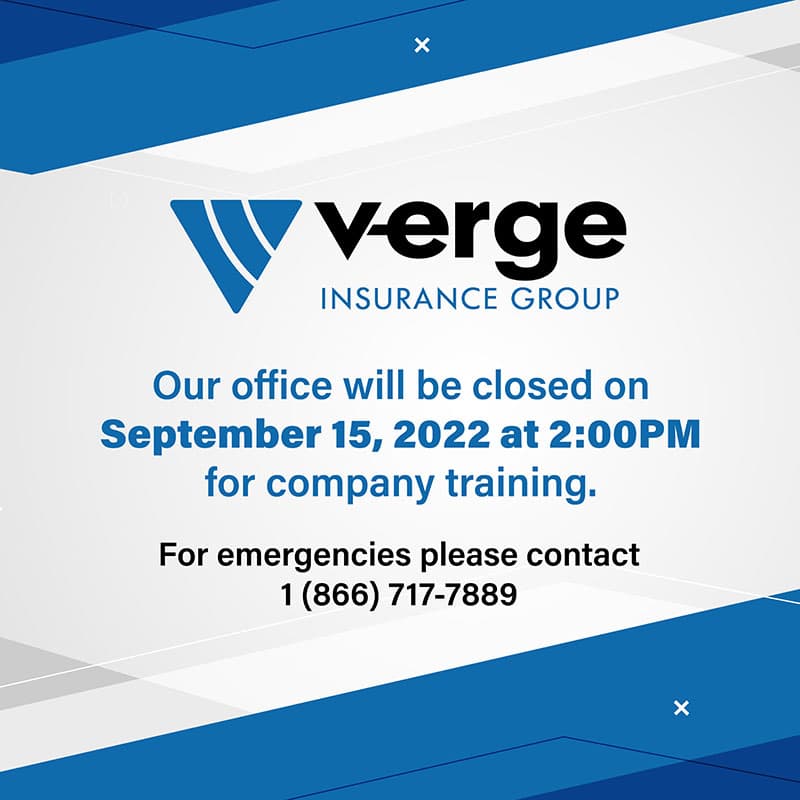
The 10 Most Important Terms in Your Home Insurance Policy
June 19, 2023
The first thing you should know about home insurance is that it’s a lot simpler than it appears. Truth is, most people avoid reading their home insurance policy because of the densely written clauses. If you feel your policy is about as understandable as an astrophysics textbook, you’re not alone.
The insurance industry is evolving and slowly adopting clearer language. Since we’re not there quite yet, here are a few definitions that should help you gain a better understanding of what coverage you have and what the limits are.
1. Actual cash value (ACV)
Also known as fair market value, ACV is the price an informed buyer would be willing to pay today for one of your covered personal belongings. ACV is usually lower than the original purchase price, due to depreciation.
2. Appraisal
An appraisal, whether for your dwelling or for certain valuables like paintings, jewelry or furs, is a professional assessment of the value of that property. An appraisal should be done by a recognized and certified expert. Many homes need to be appraised before being eligible for coverage.
3. Depreciation
Depreciation is used in accounting and insurance a great deal. It’s the estimated loss in value of your property. Think of that computer or large TV you purchased three years ago and what it’s worth today (most likely less than what you paid, due to age, wear and tear, and so on). Insurers use this during a claim to establish the amount that will be paid out if the property is insured at its actual cash value.
4. Endorsements
An endorsement, also known as a rider, is a clause or contract that is added to your master policy to extend (or limit) your coverage. Home insurance already bundles dwelling, other structures, loss of use and liability coverage, but you may want to look into extending that with flood or sewer backup coverage.
5. Exclusions
Several situations, items or conditions may be excluded from a policy. As a rule, insurers won’t cover anything that falls outside of the purpose of insurance, which is to provide coverage for certain unpredictable events in exchange for a set premium. Wear and tear is not covered, but coverage is also limited for floods, sewer backups, pollution, earthquakes and a lot more. In some instances, you can get an endorsement to cover these perils.
6. Liability
Liability is at the very core of insurance. The liability portion of your homeowners policy covers you against lawsuits for any injuries or property damage that you or your family cause to other people. It also covers any related legal or medical expenses. You can also purchase umbrella insurance to extend your liability coverage.
7. Limit
The limit of coverage is the maximum amount an insurer will pay out for a covered event. Most homeowners policies set the limits for other structures and personal property as a percentage of your dwelling coverage. Your personal property might be limited to certain categories of goods, such as valuables and collectibles, sports items and computers. It’s important to read your policy to make sure that the amount of coverage in each instance is adequate.
8. Living expenses (additional)
This coverage is also called loss of use. Both names accurately describe its meaning: coverage that kicks in when you cannot remain in your home while repairs are underway. The provider covers a per diem for expenses that go above and beyond your normal ones (hence the word “additional”). Don’t expect it to cover your stay at the Ritz Carlton, though. Expenses must be reasonable and in line with your current standard of living.
9. Peril
Perils, also called risks, are specific events covered by your insurance policy. Examples of perils include fires, theft, windstorms and flooding. Some home insurance policies will only cover listed perils, while other formulas cover all perils except those specifically excluded. Pay attention to what perils are insured on your home insurance policy and speak with your insurance broker if you need additional coverage.
10. Replacement value
Replacement cost (or value) is what it will cost for the insurer to purchase a new item of comparable quality if something you owned has been stolen or damaged beyond repair. Your personal property will often be covered for its replacement value rather than its ACV.
Once you master insurance vocabulary, you can truly begin to understand how insurance works. These 10 terms are only the beginning, but they should help you make more informed choices when selecting coverage. Do not hesitate to call us if you have any questions about your policy or want to reevaluate your coverage.
Contact us
